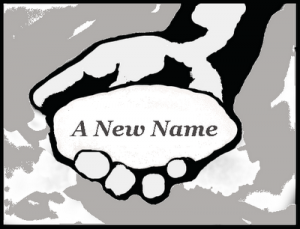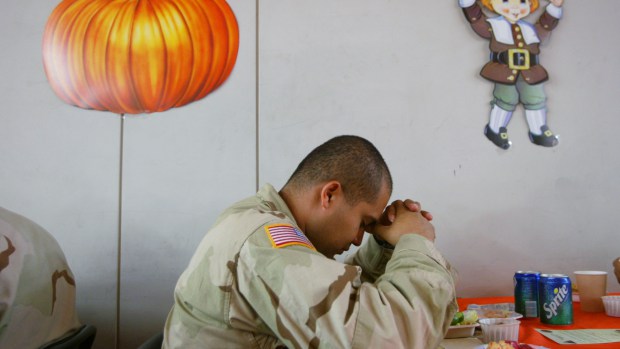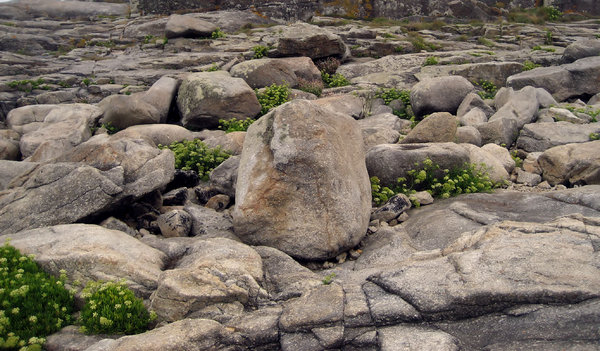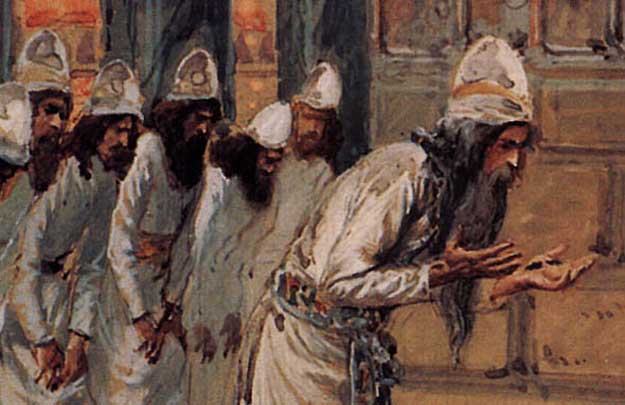After reading Rev. 2:17 and comparing it with D&C 130:10-11, then the new name which is found “inside” the mind of temple members and also the new name which is found in the white stone, then the white stone and temple goers who are also dressed in white are possibly one and the same? Each worthy mind that receives a stone becomes a Urim & Thummim to that individual? Thus helping him to discern the things pertaining to the higher kingdoms/hidden manna spoken of? I’d like to know your thoughts on this theory?
Rocky
____________
Rocky,
You post some interesting thoughts about the white stone in the Revelation of St John the Divine. To tell the truth, I’m not completely sure what it means, and I think it would properly qualify as a “mystery” (along with many of the symbols in John’s book) – something that can only be found out through revelation. As such, I am hesitant to delve too much into this topic, but I think it should be safe if you take my words as the “wisdom of man” and not the final word.
The second and third chapters of Revelation promise great blessings to the saints who overcome. These promises symbolically reverse the effects of the Fall and return the victor to the Edenic conditions in the garden. Given the connection between temple worship and the symbols of the Fall and Redemption, you will also find temple connections in these same verses, and of course Messianic references.
 “To him that overcometh will I give to eat of the hidden manna, and will give him a white stone, and in the stone a new name written, which no man knoweth saving he that receiveth it.”
“To him that overcometh will I give to eat of the hidden manna, and will give him a white stone, and in the stone a new name written, which no man knoweth saving he that receiveth it.”
The hidden manna draws to mind that that since the Fall man eats his bread by the sweat of his brow (Genesis 3:19). To him that overcomes, this bread is given freely, much like the produce that grew spontaneously in the Garden of Eden. In the context of the temple, some of the manna received by the children of Israel in the wilderness was preserved in a pot and stored in the Ark of the Covenant (Hebrews 9:4). The Ark was stored in the Holy of Holies. Finally, the hidden manna is a symbol of Christ (John 6), who is the Bread of Life, known only to those who partake in a covenantal life with Him.
The new name in the white stone reminds us of the name placed upon Adam (Moses 1:34), as well as the name Adam gave to his wife (Gen 3:20), and the name he gave to each animal (Gen 2:20). The Messianic symbol is clear in the covenants Latter-day Saints make. Each time we eat the sacred sacrament bread we show that we are willing to take the name of Jesus Christ upon ourselves. Within the context of the Book of Revelation, names are bestowed right and left. In 3:12 alone the Saints have written upon them the names of God, God’s city (New Jerusalem), and Christ’s new name. Additionally the Father’s name is written on the foreheads of the 144,000 High Priests (14:1). When a name is placed upon an individual, it means the recipient has attributes worthy of the name, and is endowed with powers associated with the name. Finally, the color white is a symbol of purity.
In the context of D&C 130, verse 9 should also be taken into account. Through the celestialized earth (a giant Urim and Thummim) lower kingdoms are revealed. Through the stone given to each celestialized person (a personal Urim and Thummim) are higher kingdoms revealed. In this way, those that inherit the celestial glory “see as they are seen and know as they are known” (D&C 76:94). I tend to think that these are physical artifacts to facilitate such revelation, while at the same time acknowledging that even Joseph Smith stopped using his Urim and Thummim once he got the hang of revelation. For that reason, I can see some merit to your train of thought around individuals clothed in purity with a new name emblazoned in their minds could be, themselves, revelatory instruments.
-Gramps







